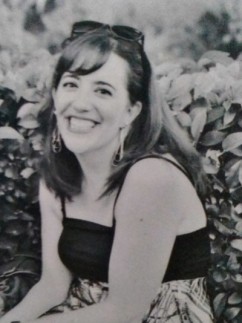 I contemplated doing a post on the current rising issues of the Coronavirus but as so much of life has been stopped, altered, and/or rearranged, that I figured I would embody the proverbial statement of “Just Keep Calm and Carry On.” So, this month’s post is a mixture of observation/product review on recent Holocaust narratives, especially found in movies, TV shows, and books.
I contemplated doing a post on the current rising issues of the Coronavirus but as so much of life has been stopped, altered, and/or rearranged, that I figured I would embody the proverbial statement of “Just Keep Calm and Carry On.” So, this month’s post is a mixture of observation/product review on recent Holocaust narratives, especially found in movies, TV shows, and books.
There is a long list of Holocaust movies like that of Judgement of Nuremberg, Schindler’s List, The Pianist, Life is Beautiful, and Sophie’s Choice. Taika Waititi’s 2019 JoJo Rabbit gained a lot of publicity and popularity. Amazon released a new television series starring Al Pacino that focuses on Nazi Hunters during the 1970’s. Netflix has started to stream multiple WWII/Holocaust documentaries and dramas. The Accountant of Auschwitz, Numbered, Steal a Pencil For Me, and Prosecuting Evil are all excellent documentaries currently streaming on Netflix. There is also a wide range of WWII/Holocaust fictional films like The Exception, Suite Francaise, The Resistance Baker, Alone in Berlin, and The Photographer of Mauthausen. Each year, new movies, shows, and books are produced that paint another aspect of what happened during WWII.

From early on in my scholarship, Holocaust narratives and how we absorb them have been a focus of mine. I have created four different courses which surround Holocaust narratives in multiple medias. Due to this, I have consumed many movies and novels that can ranged from fictional novels, military mini-series. I recently just finished two new books that highlighted extraordinary people who survived Auschwitz; The Tattooist of Auschwitz and The Librarian of Auschwitz. The Tattooist of Auschwitz is a phenomenal book which needs to be read by the masses. Based on the true story of Lale Sokolov, a Jewish Hungarian who was forced to tattoo all entering prisoners with numbers.
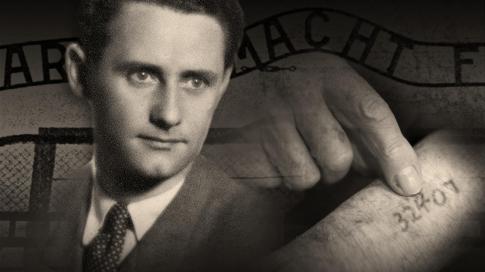
Within the pages of this book, the reader experiences the many different aspects, perspectives, and experiences which took place in one of the most infamous death camps of WWII. Heather Morris, the author of The Tattooist of Auschwitz, personally interviewed Lale in the remaining year of his life. She also started to investigate other people who Lale had encountered while in Auschwitz. Her new book Cilka’s Journey is on my list to read.

The second book I read was The Librarian of Auschwitz which is a semi-fictional account of Dita Kraus who was 14 when brought to Auschwitz.
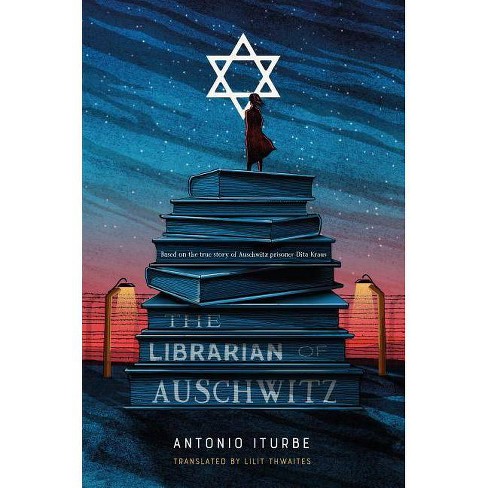
This book provided a narrative which I hadn’t heard of before, that of the Terezín Family Camp in Auschwitz. The highlight portion in the image below shows where the BIIb camp (how it was called by the Nazis) was.
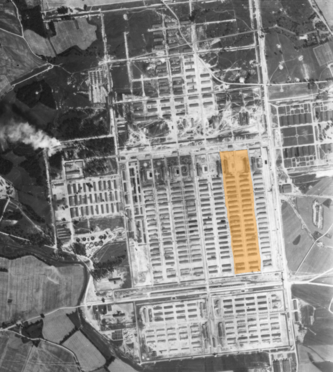
The Terezín Family Camp was established in September 1943 when 5,000 Jewish Czech citizens were brought to Auschwitz. Instead of the established routine of mass killings, beatings, and selections, the Terezín group could remain together and the children were even allowed to attend a makeshift school. Over the next eight months, more than 12,500 Jewish peoples were brought into the family camp or BIIb block at Auschwitz-Birkenau. BIIb was largely used as a front. The Nazi regime was concerned at how the world would react when faced with the atrocities that were taken place at Auschwitz and the other death camps. BIIb was used to fool any spies and aircraft surveillance. In March 1944, 8,000 were killed in the gas chambers after reports that rumored Red Cross visits had been canceled. In July 10-12, 1944 a further 7,000 were killed. At the height of the Terezín Camp there was 17,500. Only 1,294 survived.ª
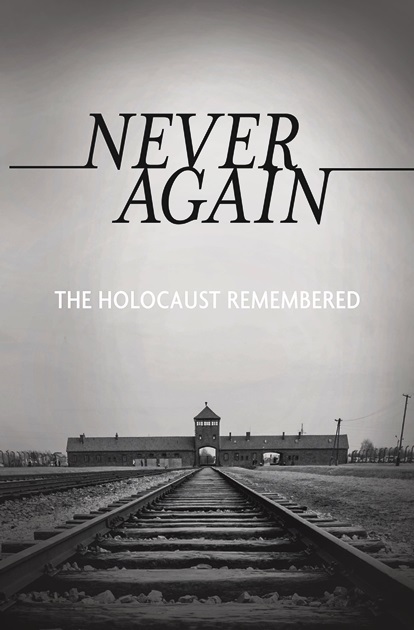
The list of movies, shows, and books that depict the horrors, realities, and moments of grace and heroism have exponentially grown since the end of WWII in 1945. Theorists like Laura Mulvey focus on how cinema can be used to capture moments in time and Slavoj Žižek focuses on how films create a ‘gaze’ have helped to explore how crucial movies and shows are in how we process and preserve history, narrative, and even human behavior. These Holocaust narratives are becoming more and more important for various reasons. The first and foremost being that those that lived through this time, are dying, and thus we need to capture and preserve their stories, memories, and importance. Second, in the last five years, antisemitic behavior and rhetoric has systematically increased at alarming rates. According to Anti-Defamation League, in 2018 there was 1,879 REPORTED anti-Semitic incidents. º
And yes, a lot of these movies and books are extremely hard to watch but we must watch them, we must digest why they are important, and we must strive to ensure that future generations truly embody the Yad Vashem statement of “Never Again.” It has become even more imperative that the upcoming generations know these stories
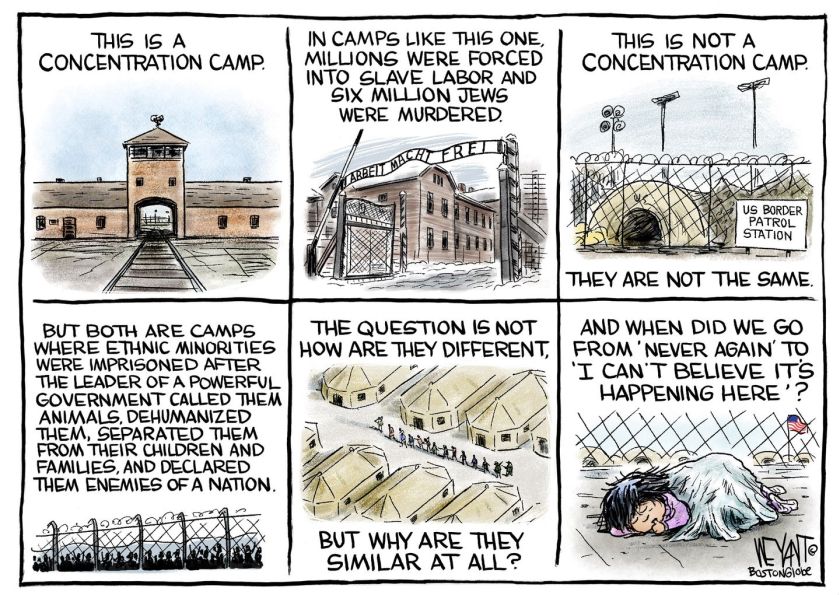
ª https://www.holocaust.cz/en/history/events/the-terezin-family-camp-in-auschwitz-birkenau/
ºhttps://www.adl.org/what-we-do/anti-semitism/anti-semitism-in-the-us
Anjeanette LeBoeuf is currently during research for an upcoming book about Japanese Interment Camps. She is the Queer Advocate for the Western Region of the American Academy of Religion. Her focuses are divided between South Asian religions and religion and popular culture. She has become focused on exploring the representations of women in all forms of popular culture and how religion plays into them. She is an avid supporter of both soccer and hockey. She is also a television and movie buff which probably takes way too much of her time, but she enjoys every minute of it. Anjeanette has had a love affair with books from a very young age and always finds time in her demanding academic career to crack open a new book.


An interesting and poignant post you chose for this time. It made me think of Victor Frankl’s book Man’s Search for Meaning which I think I may need to dig up and read again. As I recall one of his main points was that in the face of such horror, if one can find a personal meaning and purpose, it helps for survival rates and for fighting back against the inhumanity. I will add some of these books to my own booklist. Thank you.
There is another book I commend to you. Hasidic Tales of the Holocaust by Yaffa Eliach.
LikeLiked by 2 people
Thank you so much for your words and suggestions Janet. I read Victor Frankl’s work in undergrad and need to read it again and look forward to reading Hasidic Tales of the Holocaust.
These narratives kept following me everytime I read a new article or report on how much Americans are hoarding and reacting to fear during this current pandemic. Both books helped me see that even in the most horrific and darkest times, humans can be lights to each other.
LikeLiked by 1 person
Excellent, thoughtful post. And, today, scary. Never again is indeed now.
Two more good books to add to your reading list: City of Women by David Gillham is set in Berlin. Most of the men are gone, but a few are still in the city, and the plot is complex and fascinating. Stones from the River by Ursula Hegi is about a dwarf girl and how she manages to survive the war. I recommend both of these books. And of course there’s anything by Primo Levi.
As long as we’re staying home–how many states and cities are now under Safer at Home orders?–we might as well catch up on our reading and read good books, not just binge watch idiotic TV shows. Bad enough we’ve got a TV reality star in the White House.
LikeLiked by 1 person
Barbara,
As always, your words and insights are treasured. Primo Levi’s works are heavily featured in my library.
LikeLiked by 1 person
I first learned about the holocaust when I was about 12. There was a book in my school library with huge letters on the spine, the title “STOLEN YEARS” by Sara Zyskind. It made a monumental impression on me. I read other books about it growing up, and then in High School my drama club did the play “I never saw another butterfly” and I had to memorize the Hebrew Sabbath blessing for my role as the mother. I took a course on it in high school as well, and we watched the footage from the camps being liberated and spoke with survivors. It affected me so deeply that it became a part of who I am – my study of genocides, of war and peacebuilding, and of social psychology flowed partly from those early, formative explorations into this horrific tragedy. One of my favorite scholarly papers is called “Making a Virtue of Evil: A Five‐Step Social Identity Model of the Development of Collective Hate.” I highly recommend it! https://onlinelibrary.wiley.com/doi/10.1111/j.1751-9004.2008.00113.x
LikeLiked by 1 person